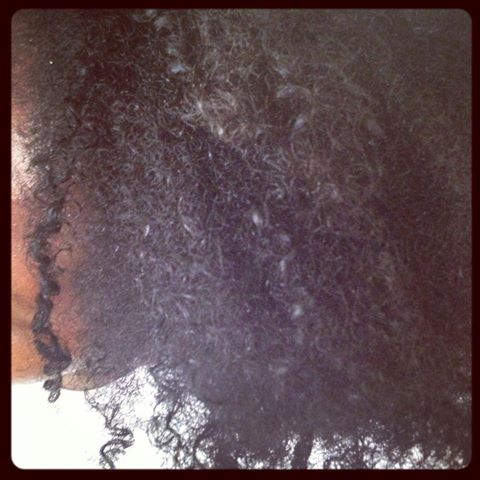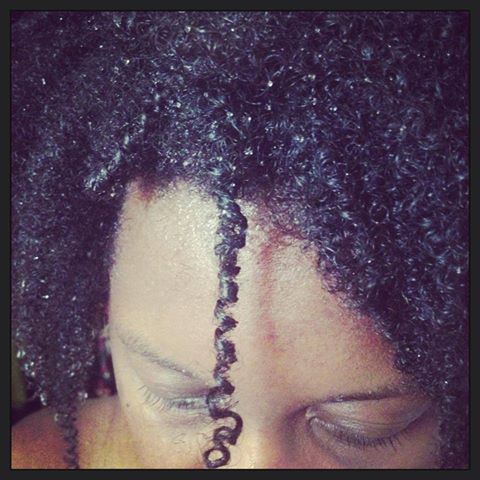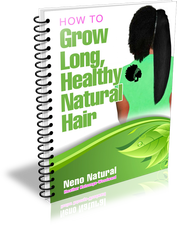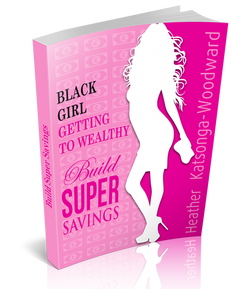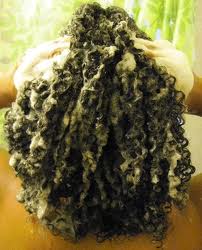
I know some people do a rinse before shampooing but really it is much more effective to do after conditioning but before applying a leave-in conditioner.
Why? The reason is simple: both lemon and ACV are acidic. This means that they cause the cuticle layer to contract and flatten. A flattened cuticle layer is closed to the entry of moisture and other products so if you plan on doing a deep condition after the ACV or lemon rinse, you're working against it. For an effective deep condition you want the cuticle to be more open and to ensure this this you shouldn't be rinsing with something acidic just beforehand. Once you've done your deep condition and rinsed off the conditioner the ACV or lemon rinse (or whatever other acidic rinse you choose) will close the cuticle layer thereby:
You can further rinse the ACV or lemon rinse with cold water to get any smell off. As the acidic rinse has already done its job of sealing the cuticle layer this follow-on cold water rinse is NOT counter productive. 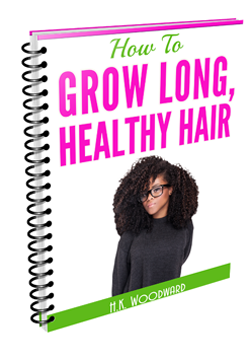
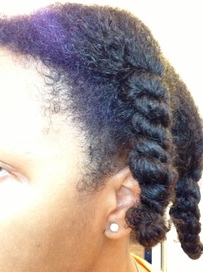 Reducing your hair's porosity will help you retain moisture better and for longer. There are four things you can do to reduce porosity: 1. Do a pre-shampoo treatment. 2. Never shampoo without following up with a conditioner. 3. Rinse hair after your wash routine using a lemon rinse or an apple cider vinegar rinse. 4. Always seal in moisture via the LCO or LOC method. Pre-poos A pre-shampoo treatment, e.g. a detangling conditioner or even the application of an oil high in saturated fats (e.g. coconut oil) or very high in monounsaturated fats (e.g. jojoba oil) makes hair more pliable and reduces hygral fatigue. The oil or conditioner goes into the hair fibre so that it doesn't swell as much when it is wet with water. 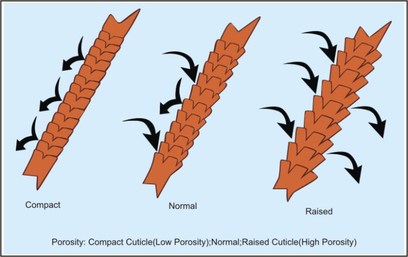 Conditioners Conditioner are designed to be more acidic than shampoos. Acidity causes the hair cuticle to tighten and contract. Porosity falls and moisture retention is much better post-conditioner than it is post-shampoo. ACV and Lemon Rinse Both ACV and lemons are acidic. They are much more acidic than hair so they need to be diluted in water before being run through hair. Sealing In Moisture Once you have applied a moisturiser it is always better to follow up with a shea butter and or an oil to give the moisture the best chance of staying within your hair. Some hair types are sealed better using the LOC method and other hair types retain moisture much more effective if the LCO method is applied: You might also like: 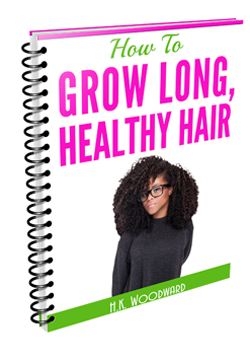 Get your FREE ebook on How To Grow Long, Healthy Natural Kinky or Curly Hair. 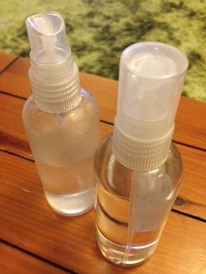 Porosity of hair refers to how large or small the "pores" on hair are. Porous hair loses its moisture content much more easily than hair that is not porous. Damaged hair is always more porous than healthy hair. Porous hair is more prone to breakage, split ends and other kinds of damage. Hair that dries quickly tends to be more porous than hair that takes a long time to dry. However, the rate at which hair dries is obviously influenced by external factors, for instance, if it's a hot, sunny day or if your central heating system is set high then your hair will tend to dry faster than if it's cold or if your homes's heating is set low. To test your hair porosity more specifically do the following:  The Hair Porosity Test
Porous hair will start to sink right away; the more porous, the faster the hair sinks. Hair that is not porous will float for a long while before it starts to sink. 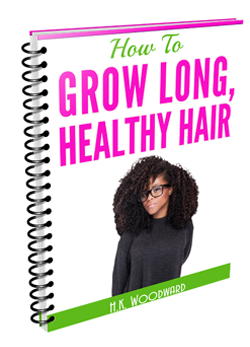 Get your FREE ebook on How To Grow Long, Healthy Natural Kinky or Curly Hair. |
I now blog about wealth creation - so if you have any money questions meet me there, you can do all sorts of cool things like leave me a voicemail.
By Heather Katsonga-Woodward
I was a natural hair blogger and mixtress living between London & Chicago from 2012 to 2017. I always thought I was 4C but some say 4B; images below - you decide! Heather xx Categories
All
Archives
November 2016
|

